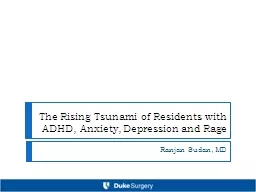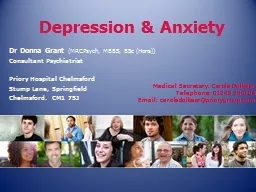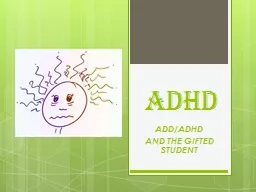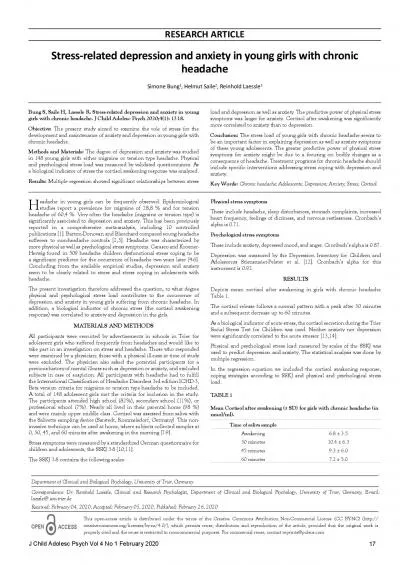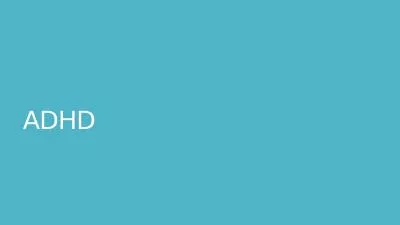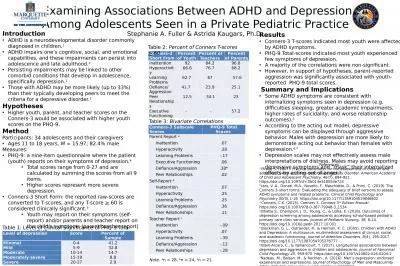PPT-The Rising Tsunami of Residents with ADHD, Anxiety, Depression and Rage
Author : asmurgas | Published Date : 2020-07-04
Ranjan Sudan MD Depression Anxiety ADHD Rage How big is the problem Who is at r isk The r ole of p rogram director in dealing with trainees with mental health
Presentation Embed Code
Download Presentation
Download Presentation The PPT/PDF document "The Rising Tsunami of Residents with ADH..." is the property of its rightful owner. Permission is granted to download and print the materials on this website for personal, non-commercial use only, and to display it on your personal computer provided you do not modify the materials and that you retain all copyright notices contained in the materials. By downloading content from our website, you accept the terms of this agreement.
The Rising Tsunami of Residents with ADHD, Anxiety, Depression and Rage: Transcript
Download Rules Of Document
"The Rising Tsunami of Residents with ADHD, Anxiety, Depression and Rage"The content belongs to its owner. You may download and print it for personal use, without modification, and keep all copyright notices. By downloading, you agree to these terms.
Related Documents

